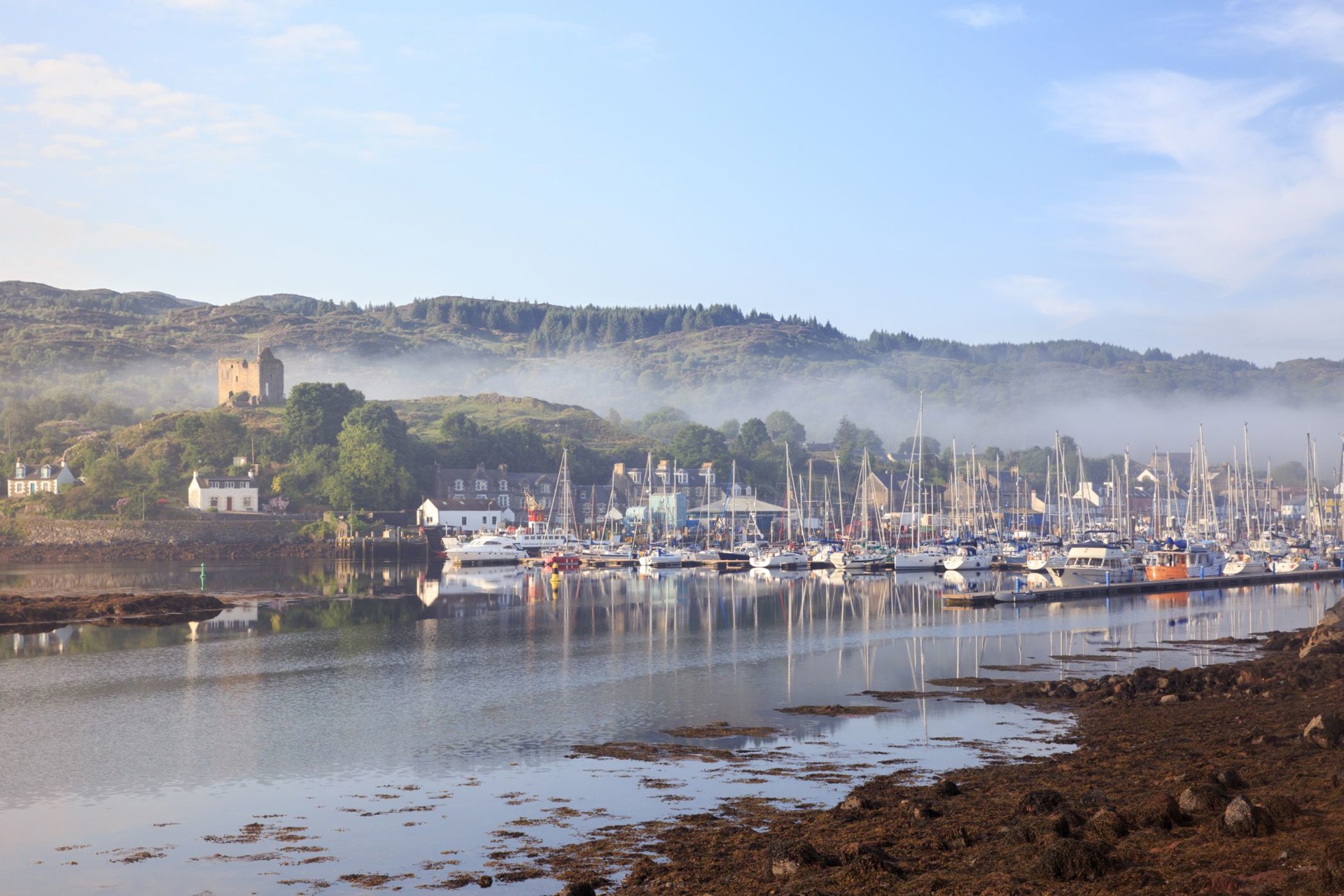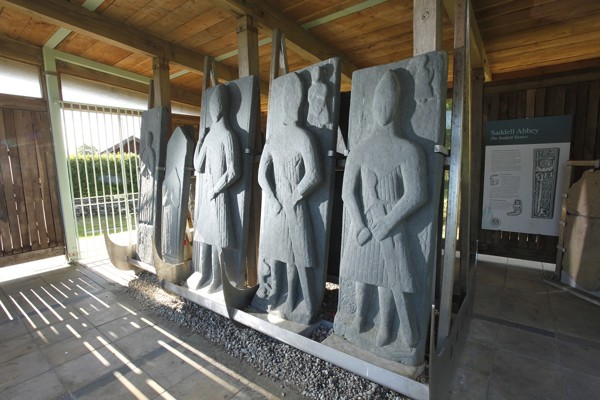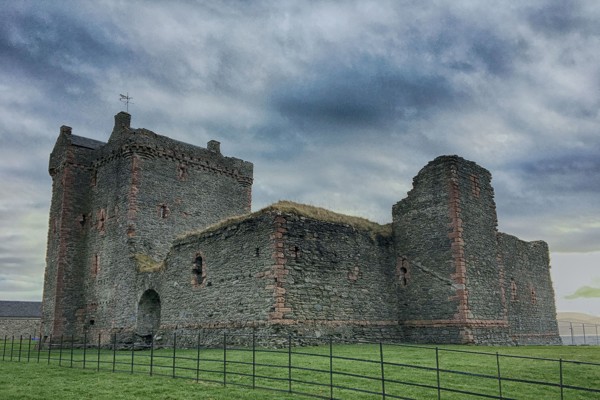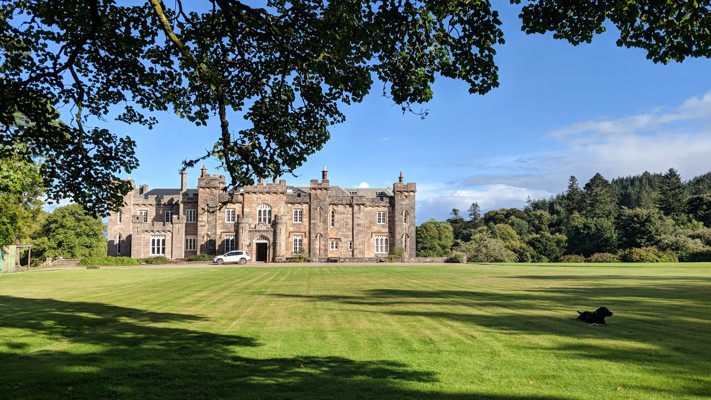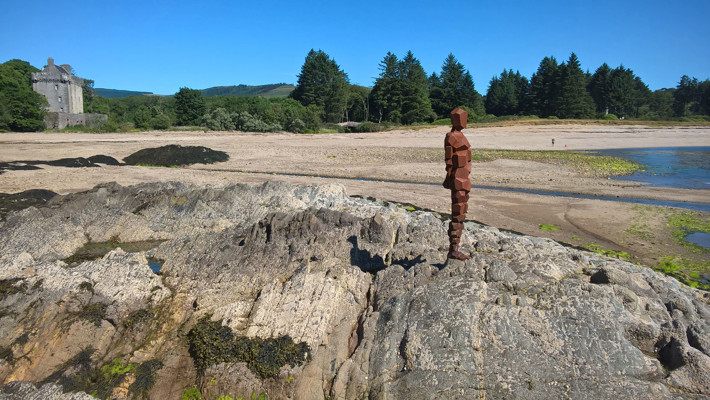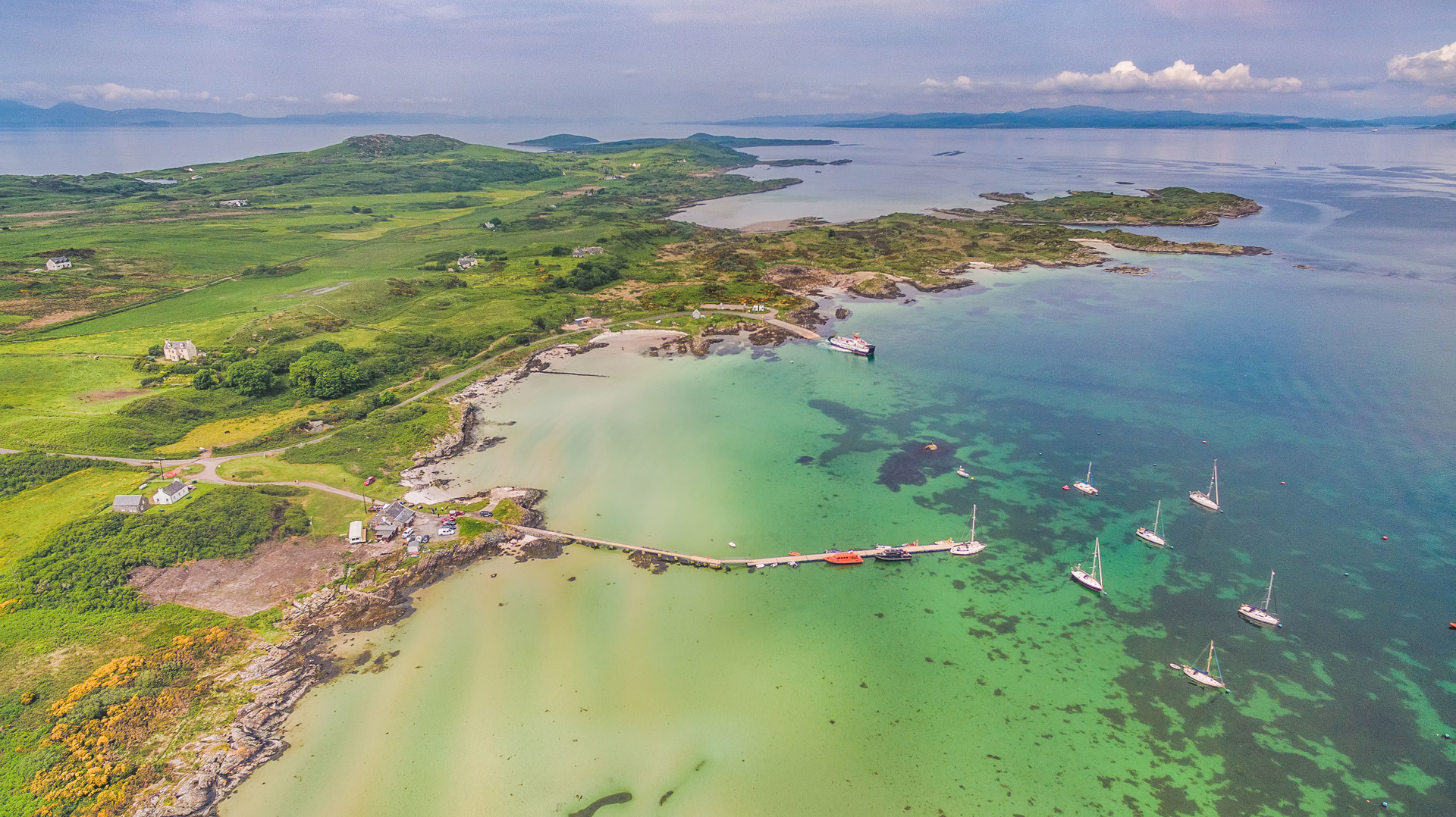The Kintyre Castle Trail
Travel through epic landscapes as you follow this historical trail which criss-crosses Kintyre. You’ll discover some great places to eat and drink along the way.
Tarbert Castle
The ruined Tarbert Castle sits high on a rocky outcrop overlooking Tarbert harbour. The earliest stone structure on this site dates from the 13th century, possibly earlier. The fortification guarded the anchorage below in the bay, and controlled the land link between Tarbert's East and West Lochs. Robert the Bruce played an important role in its reinforcement and enlargement in 1325, with the extensive curtain wall and drum towers enclosing almost two acres. The Castle Heritage Park is an excellent spot for a family picnic, with a nature pond and sculpture walk to entertain the kids. There are way-marked walks further up the hillside, including the first section of the Kintyre Way.
The castle is free to visit and open all year round. Tarbert is a bustling fishing village, with shops, cafés and art galleries. It plays host to a range of events and festivals throughout the year.
Killean Estate near Tarbert is a brilliant base for your Kintyre adventure. Being both close to Trabert and Campbelltown as well as the ferry over to the Isle of Gigha.
Skipness Castle
From Tarbert it’s a short drive to reach Skipness Castle, a partial ruin on Kintyre’s east coast. The main structure of the castle was built in the early 13th century by the Clan MacSween with later fortifications and other additions made to the castle through the 13th, 14th and 16th centuries. You can climb up a narrow staircase to the roof for incredible views across the Kilbrannan Sound to Arran. Look out for the crosslet arrow slits in the west range – these are rare features in a Scottish castle. The location is stunning and there are lots of things to see and do. Enjoy some great seafood at the Skipness Seafood Cabin, pop into the Skipness Smokehouse Shop and walk along the shore to St Brendan’s Chapel. The castle is free to visit and open all year round.
